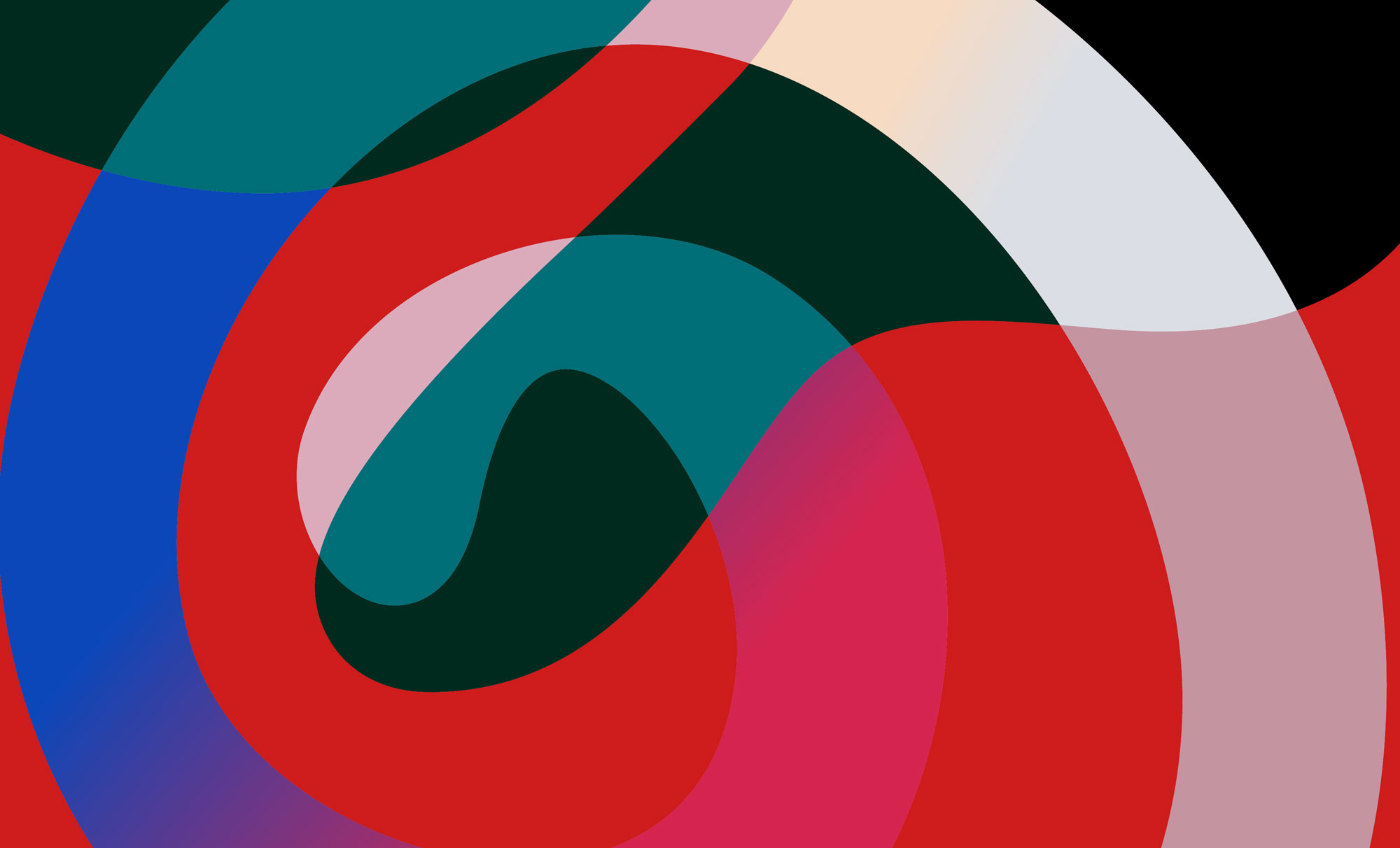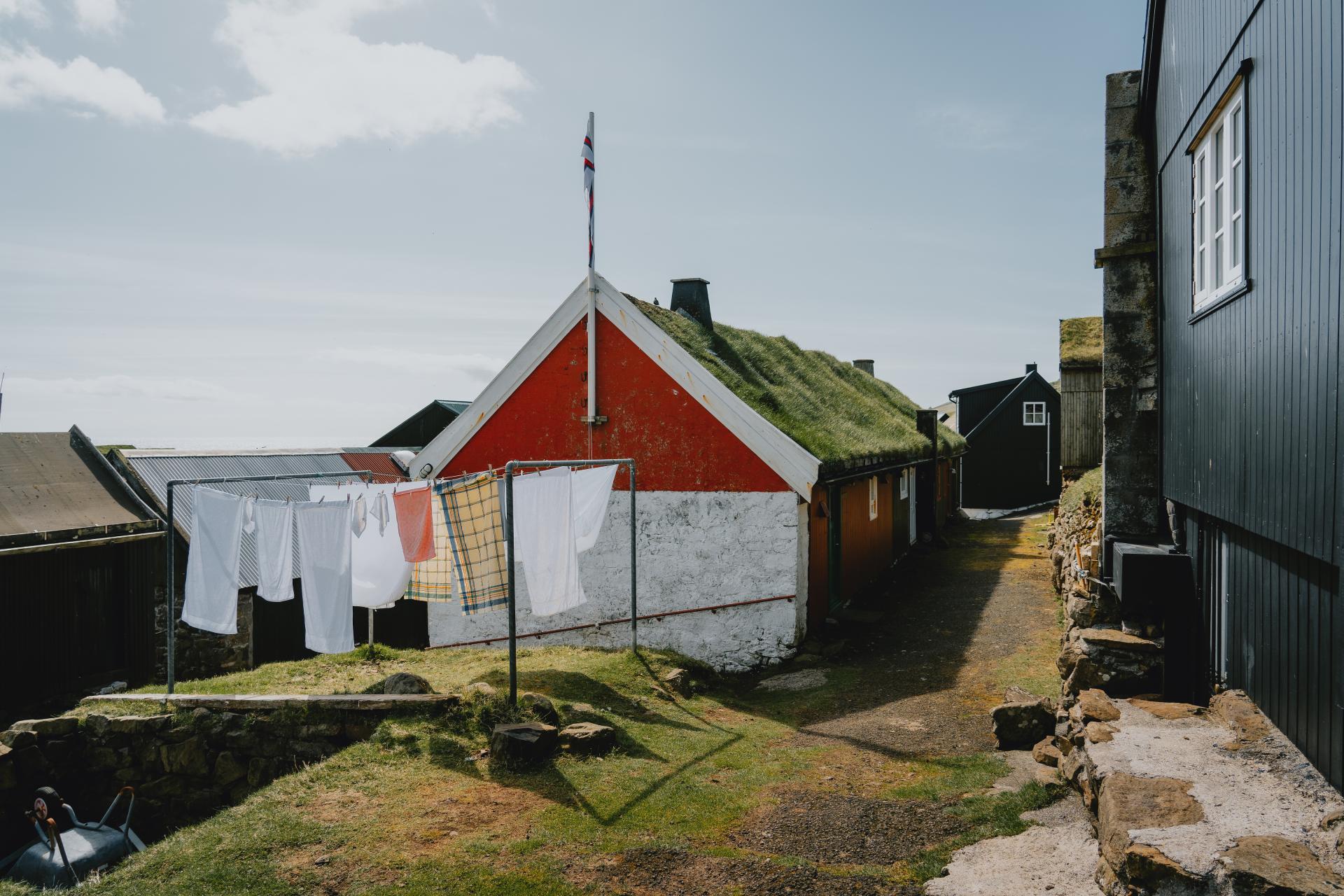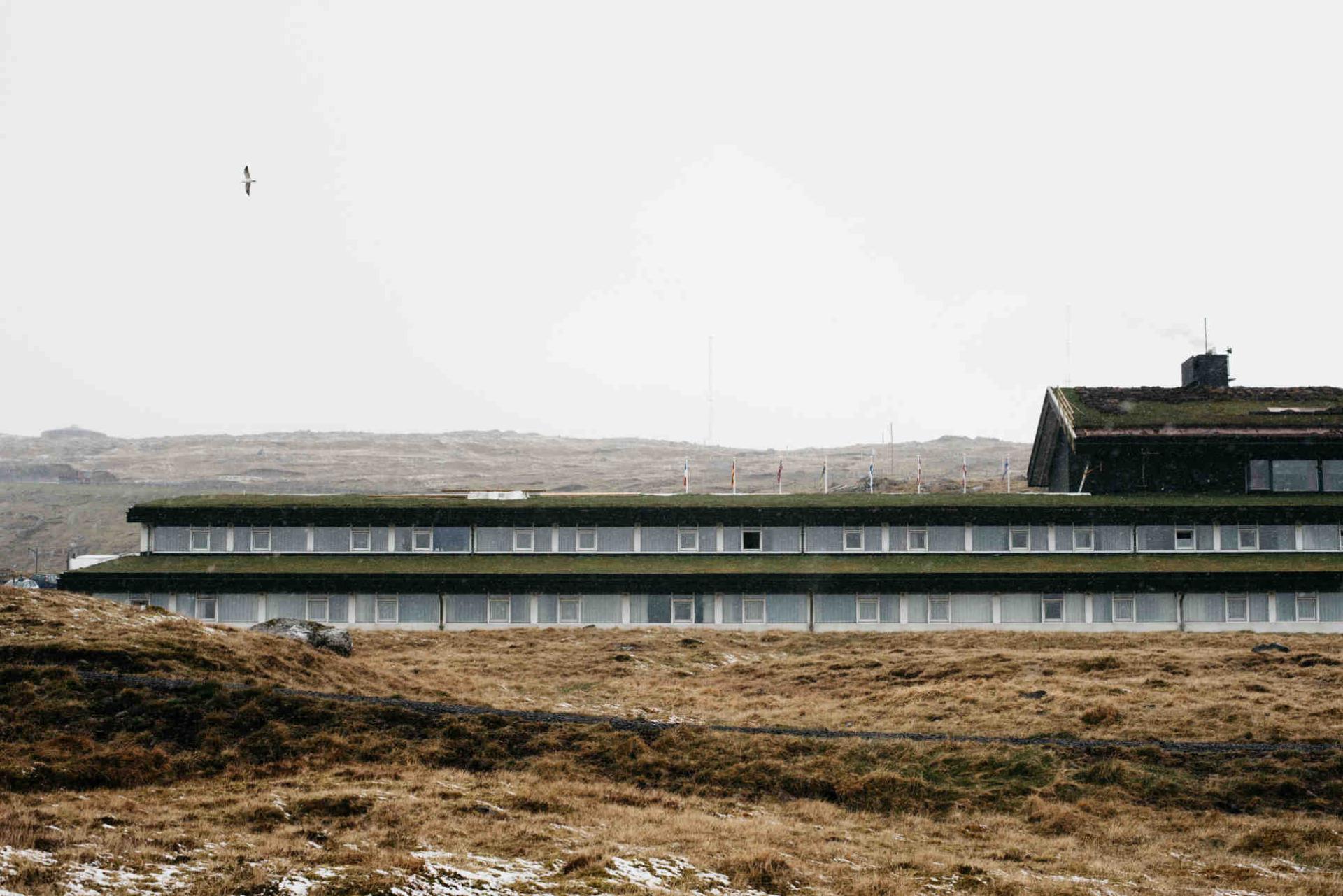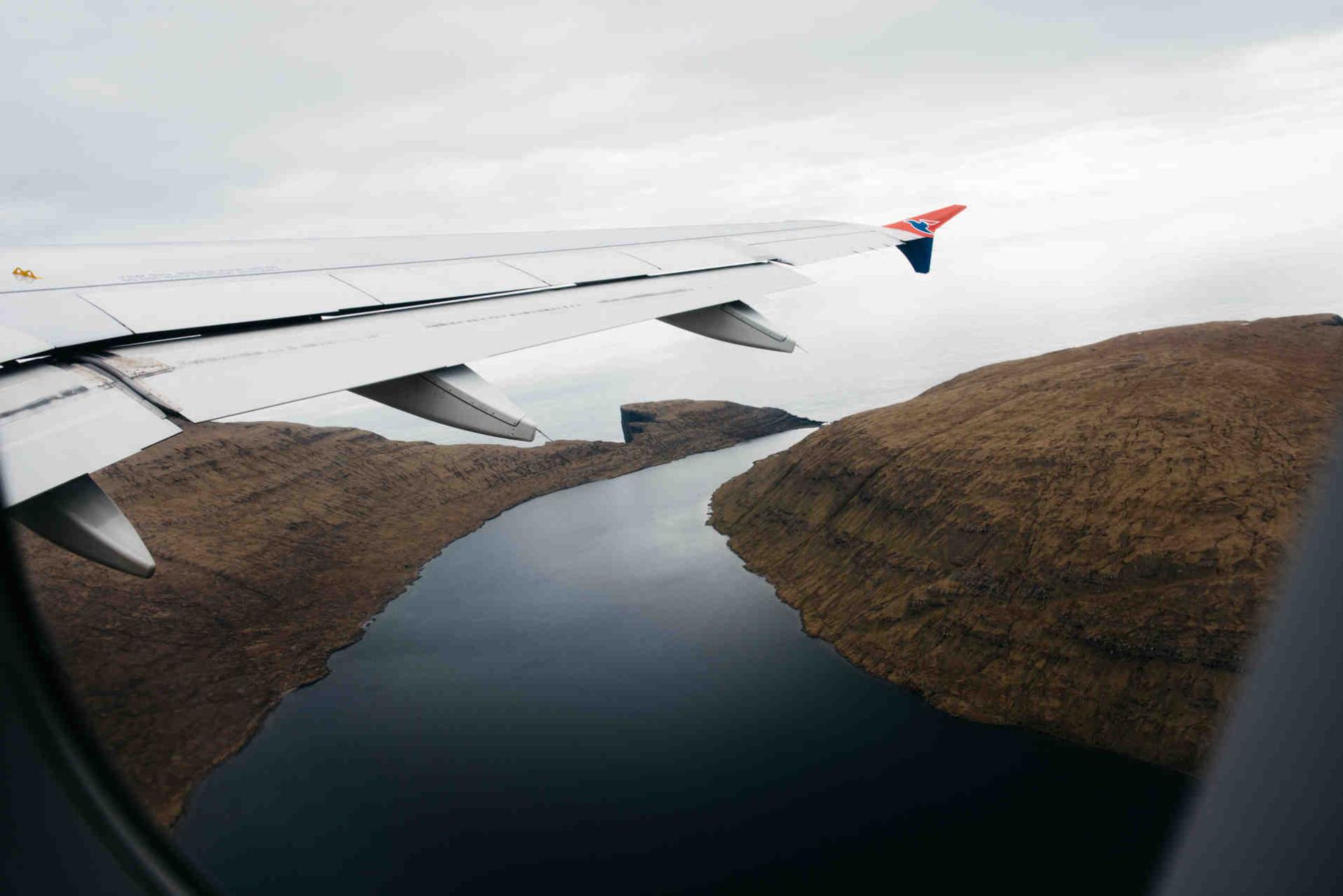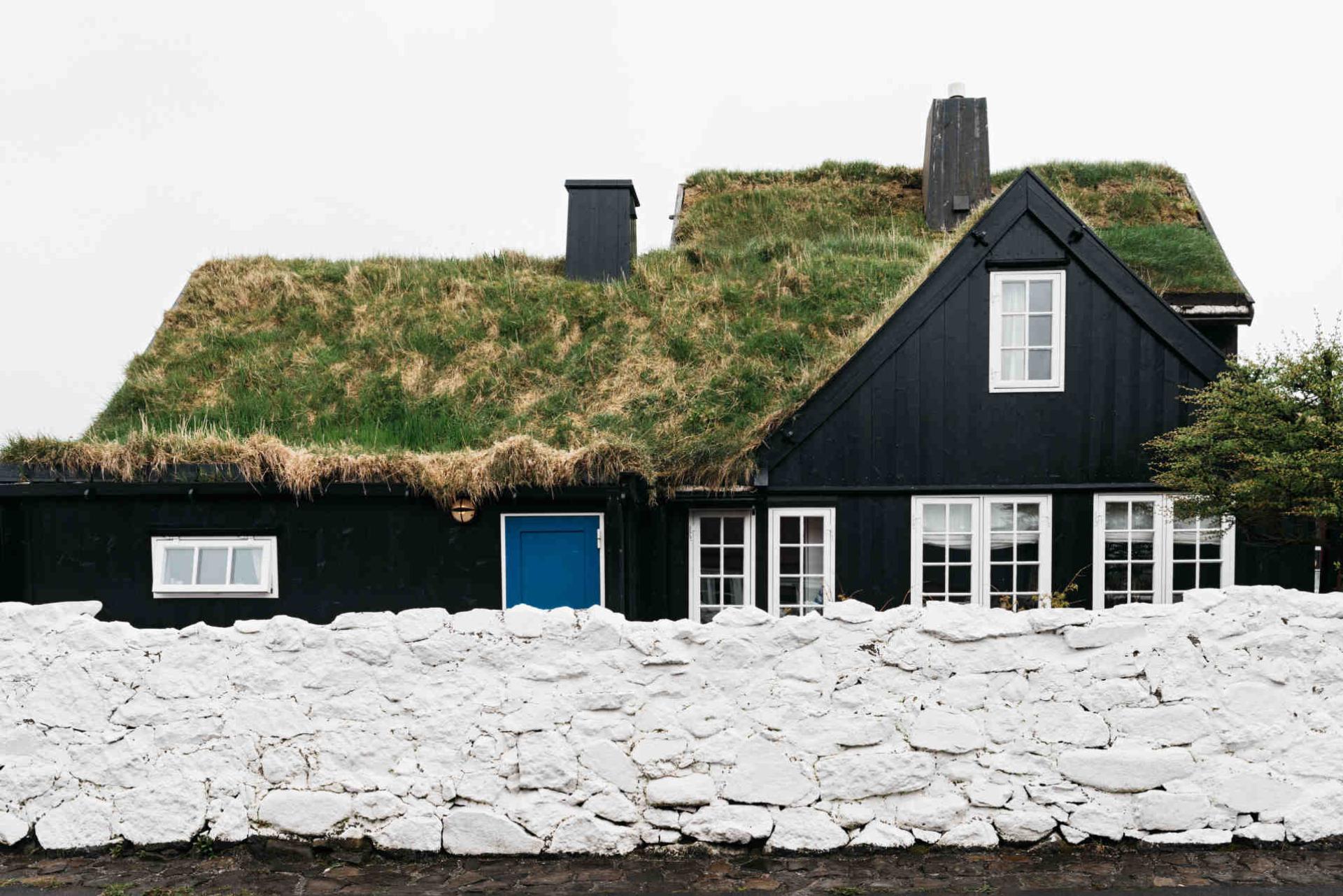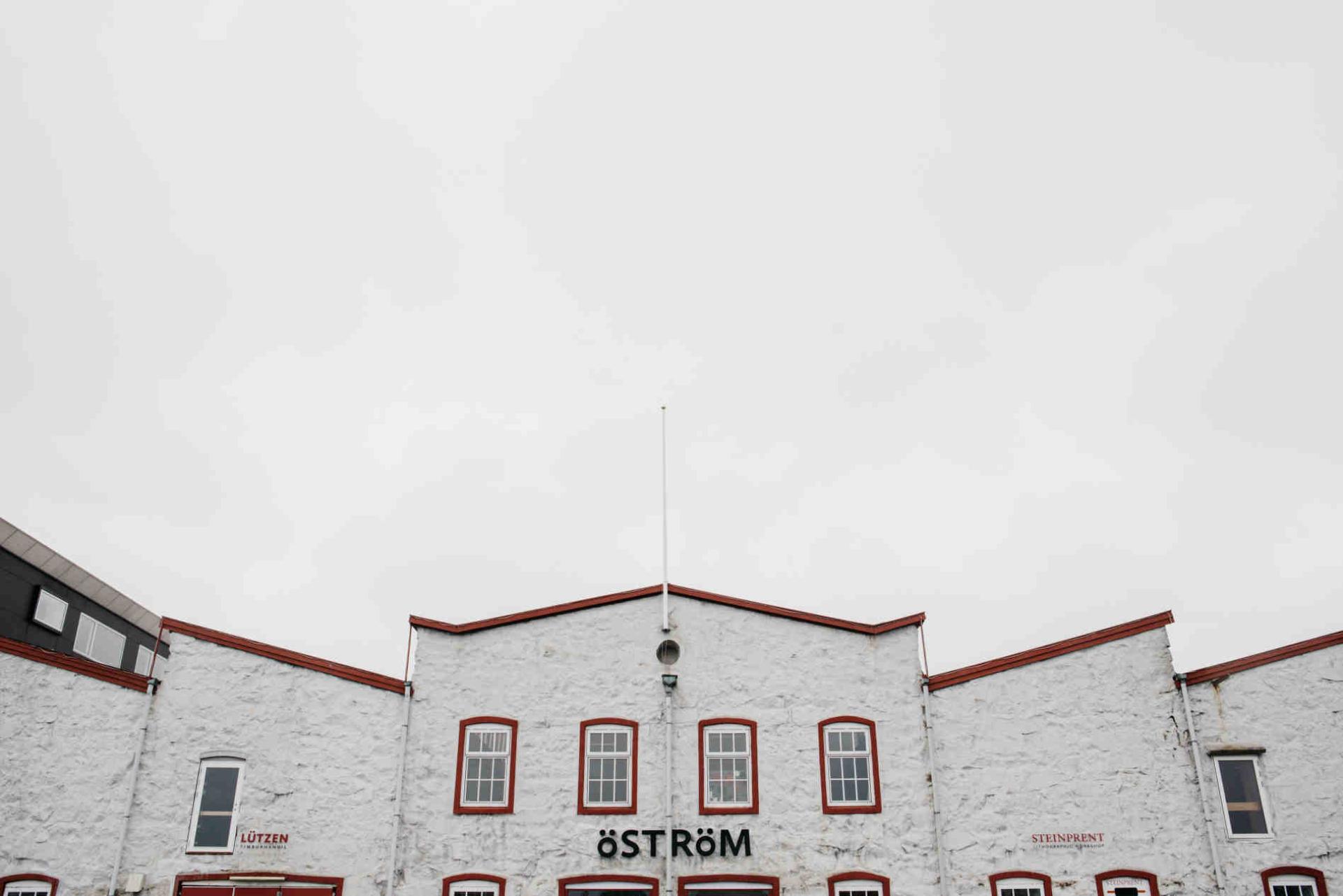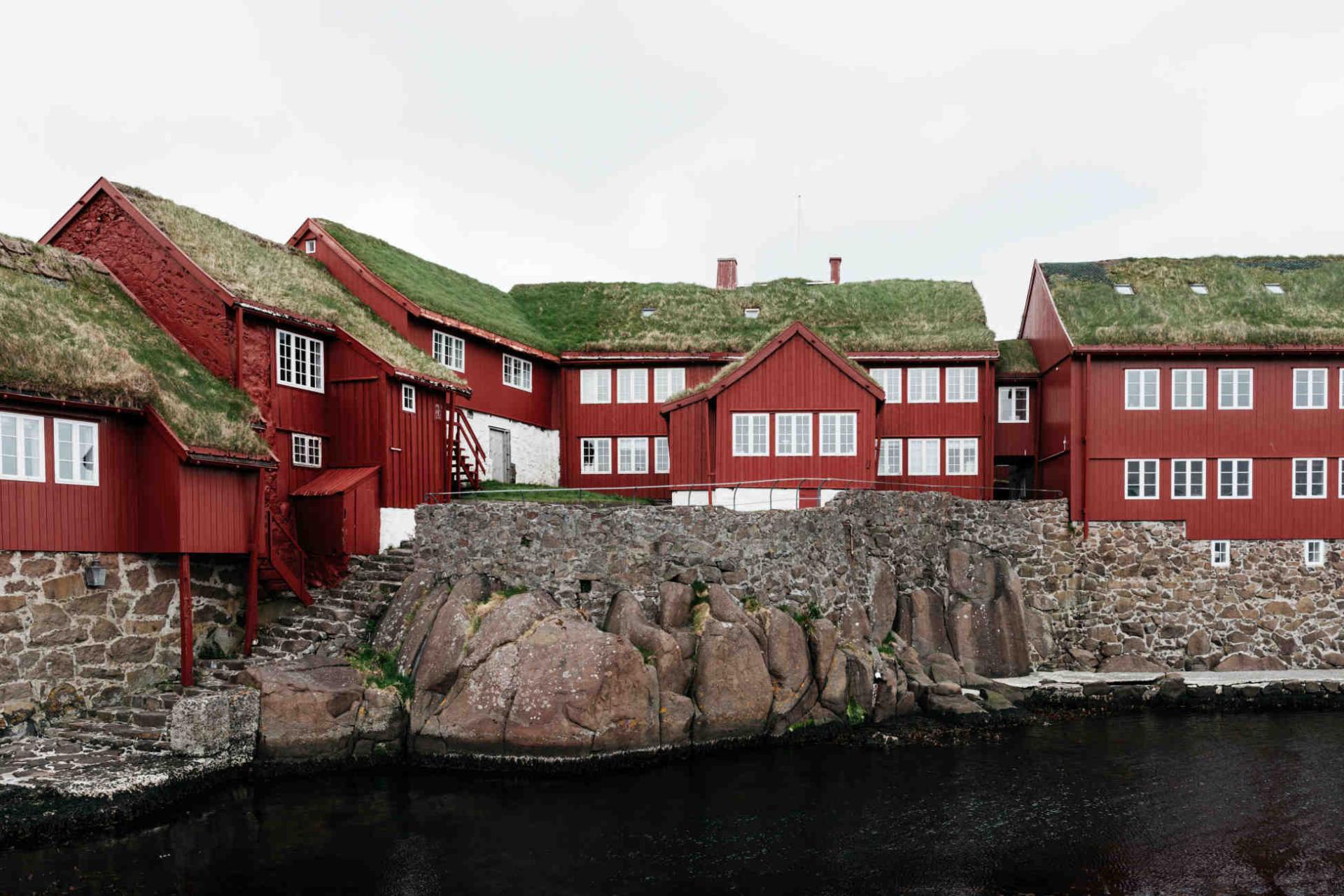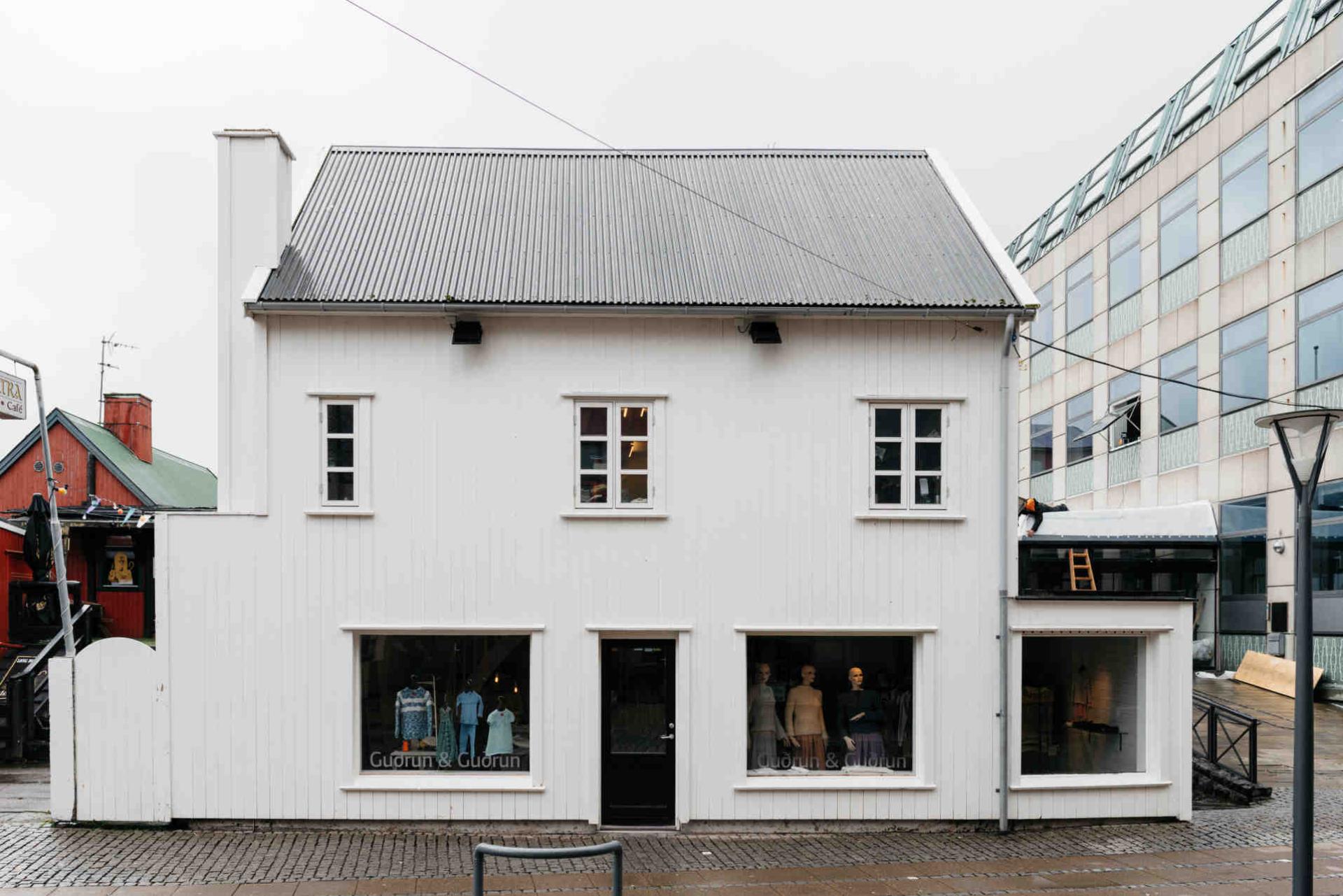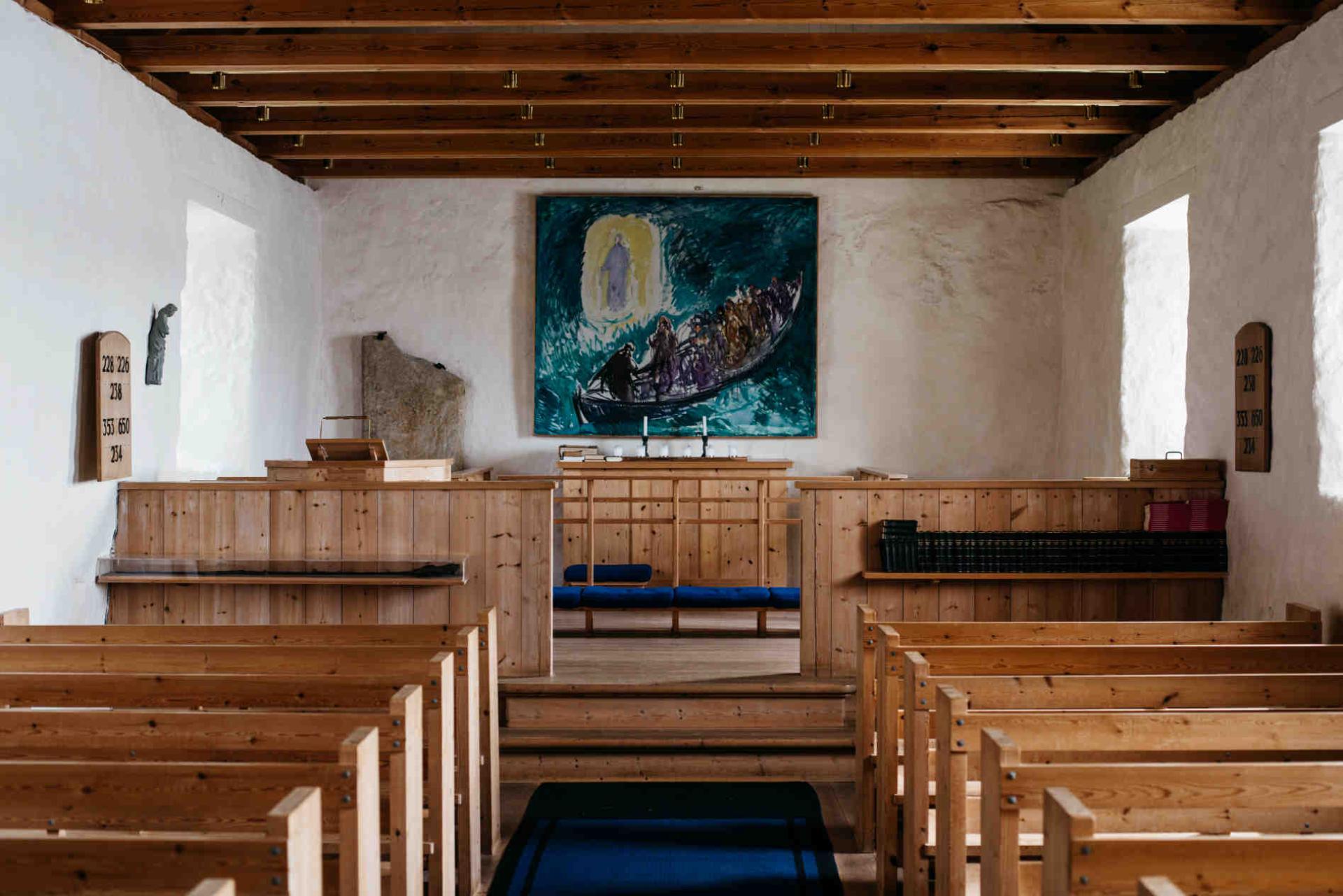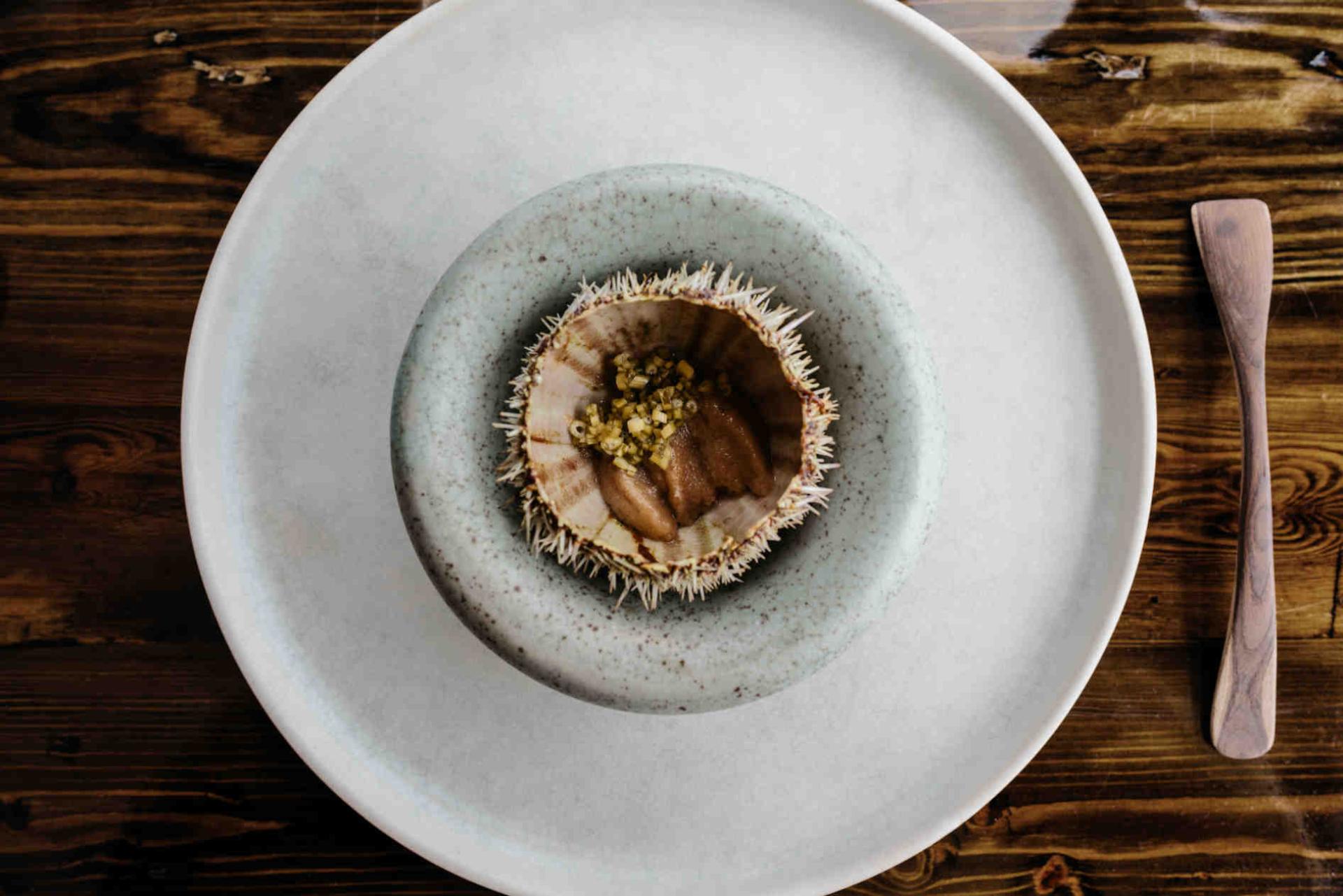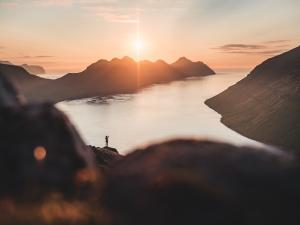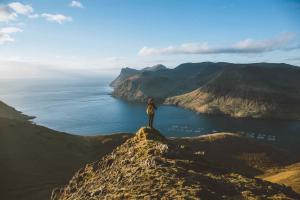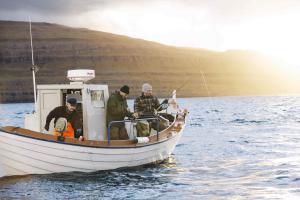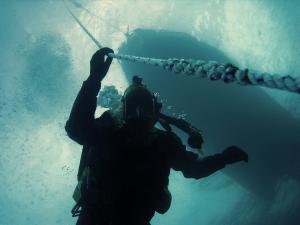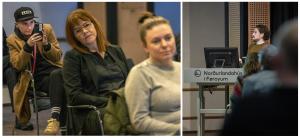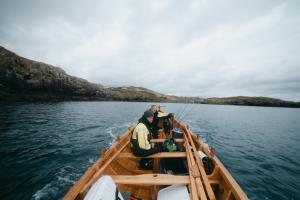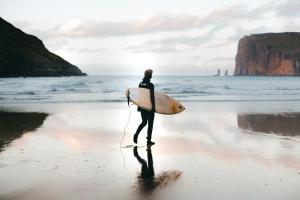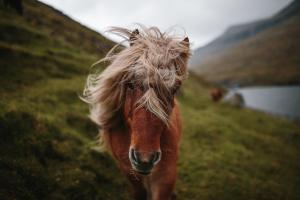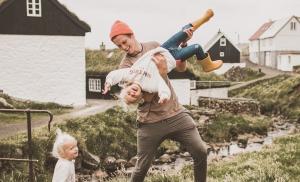24-HOUR GUIDE
This 24-hour guide to the Faroe Islands is produced by 12hrs in collaboration with Visit Faroe Islands.
Looking for inspiration for what to do in the Faroe Islands? Check out this 24-hour guide that gives suggestions about where to stay, what to do, and where to eat.
First, some practical advice:
The best way of getting around is by car. Hiking boots would also be great. It’s also a good idea to bring your own lunch and drinks when exploring the countryside. You can stock up at any gas station which sells fresh pastries, bread, and snacks.
Driving in the Faroe Islands is easy and comfortable. There is almost no traffic (except for the sheep, of course!). Some streets are only one-way, with pockets to drive into when you come across a car traveling in the opposite direction. This also applies to some tunnels, so always be careful when driving.
This itinerary is by no means a complete list of things to see, but it is where we would go if we had 24 hours in the Faroe Islands. Let’s spend them together!
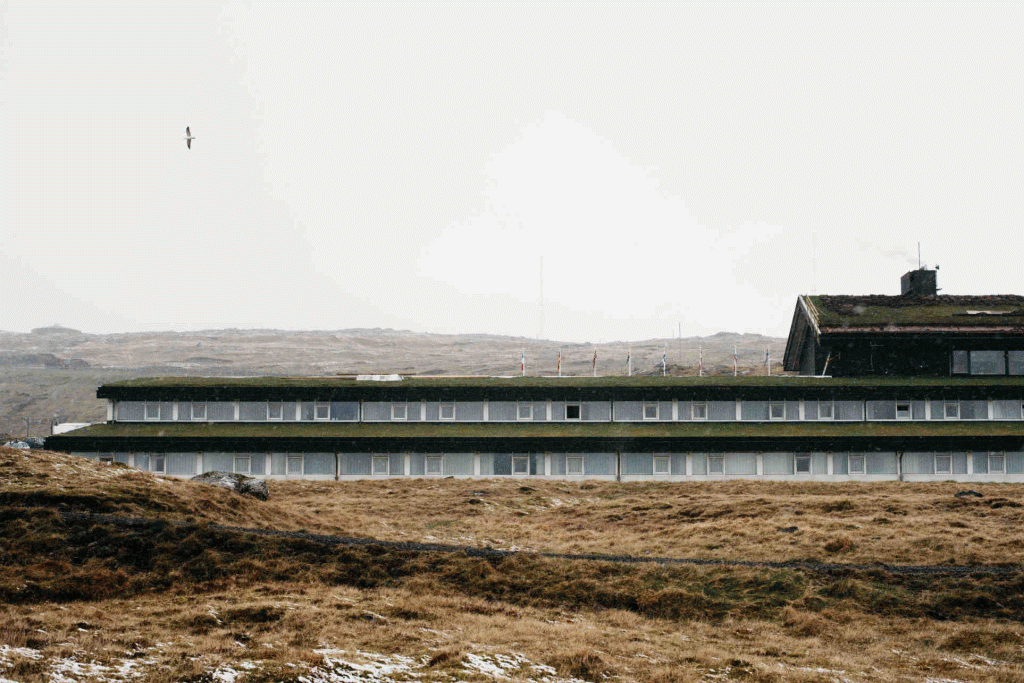
9:00 HOTEL FØROYAR
Home away from home
We start our perfect day in the Faroe Islands off with a hearty breakfast at our hotel. Hotel Føroyar is one of the best hotels in the Faroe Islands and a popular starting point for many adventures.
With its traditional grass roof, it blends into its surroundings on the hills over the capital. The terraced building has big windows, and all rooms face towards the ocean with wonderful views over the city and the harbor.
Hotel Føroyar is located a bit off the city center and because of its location, it comes with a bunch of sheep roaming the hotel grounds. There are also numerous birds in the area, which you can observe right from your window.
The rooms are modern and functional and there is of course free Wi-Fi. Enjoy your breakfast, then pack some lunch for later (or purchase something on the way) and head to your car. We are headed in the direction of Leitisvatn lake on the island of Vágar.
Hotel Føroyar // 45 Oyggjarvegur // Tórshavn
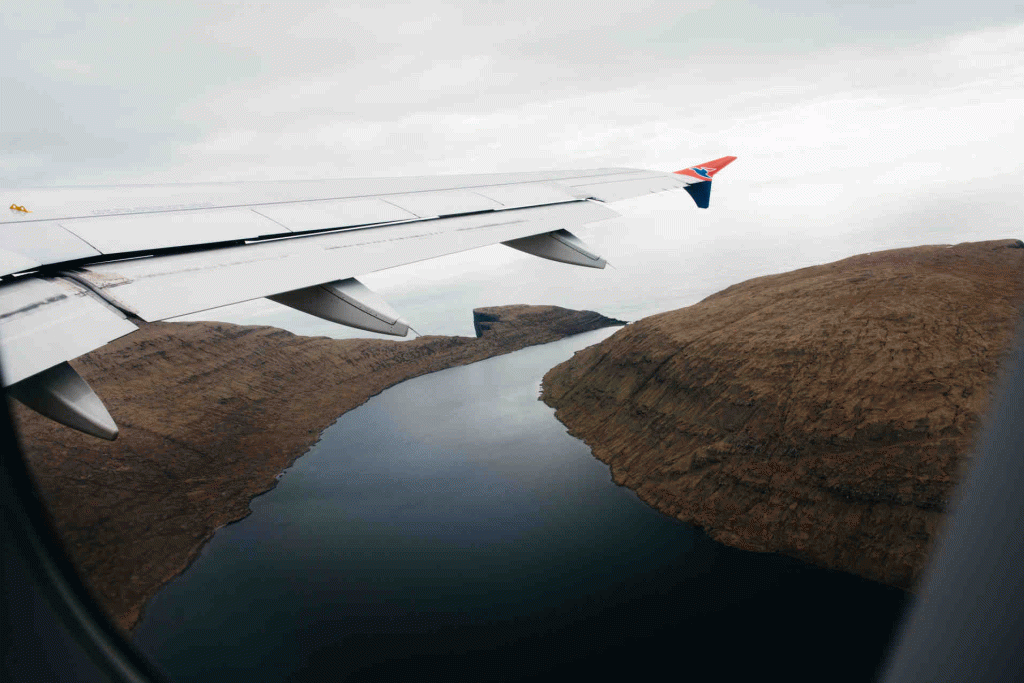
10:00 SØRVÁGSVATN / LEITISVATN
One lake, two bodies of water
After a 40-minute drive, you’ll arrive at lake Leitisvatn, which is close to the airport on Vágar. This is the largest freshwater lake in the Faroe Islands. Park your car and prepare for a short hike. Our goal is at the southern edge of the lake, and getting there takes about one hour.
In total, you’ll be hiking for two hours until you are back at your car, but this effort is absolutely worth it and takes you to one of the most photographed places on the Faroe Islands. All the way to the cliffs, the freshwater lake almost meets the ocean. Its surface is about 40 meters above sea level and a waterfall flows into the sea.
If you want to shoot pictures, try different perspectives. From certain angles, the cliffs look much higher than they actually are.
If you would like a guided tour, check out Reika Adventures.
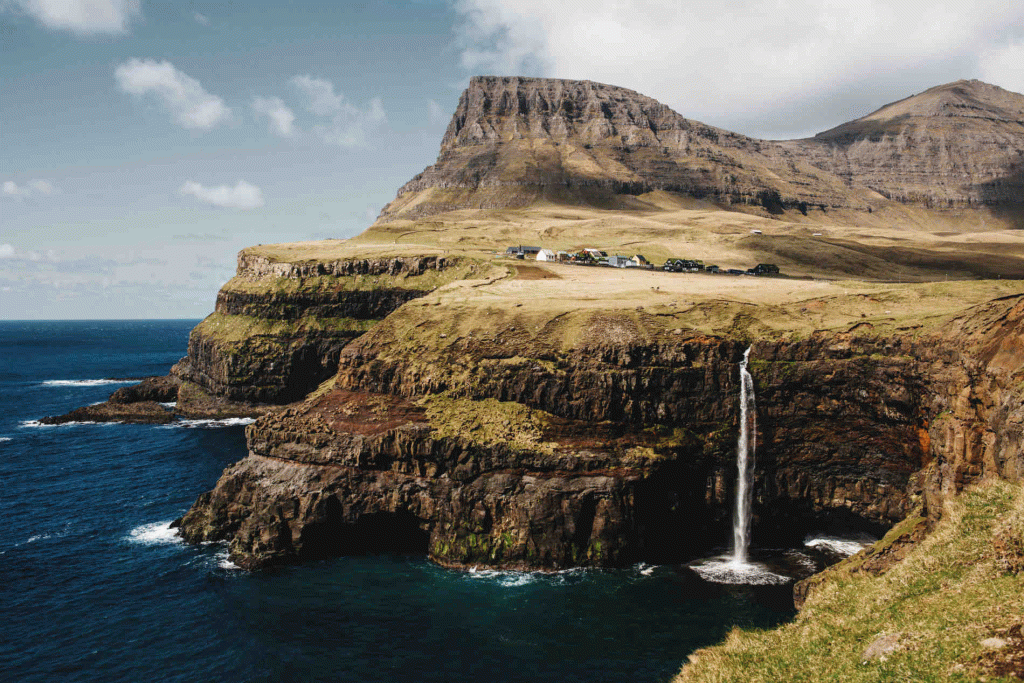
13:30 GÁSADALUR
A postcard view
Once you’re back in the car, drive to another popular destination on Vágar, Gásadalur. Gásadalur is home to one of Faroe Island’s most well-known attractions, which is also one of the most easily accessible – that is if you know where to look.
Pass the beautiful village of Bøur (or make a quick stop there and shoot some pictures), then continue on the road and through the tunnel. This tunnel was only built in 2004. Before that, the tiny village of Gásadalur was almost cut off from the rest of the island. Famously, generations of postmen had to hike above the mountain three times a week; today, inhabitants can drive to the international airport in 20 minutes. If you had more time to spare, you could attempt to hike the old postman’s trail. But today, we take the easy route and take the tunnel.
Once you make it to the other side and drove down the serpentine, you’ll see a gravel road on your left. Look for a small white building in the background to confirm that you are on the right path, then get out of the car and walk down the path. As you approach the side of the mountain, you can see the village of Gásadalur with its colorful houses on your right. And right under it, is a magnificent waterfall where a stream flows down the steep cliffs and into the ocean. Take all the pictures you want before you return to your car and consider walking around the village for a while. If the sun is shining, the whole valley is illuminated – it’s very beautiful here.
If you want to take a break, find the two benches on the cliffs all the way behind the houses on the other side of the waterfall. This is a dreamy spot for an impromptu picnic with breathtaking views.
Head back to your car when you’re done and drive all the way back to the capital.
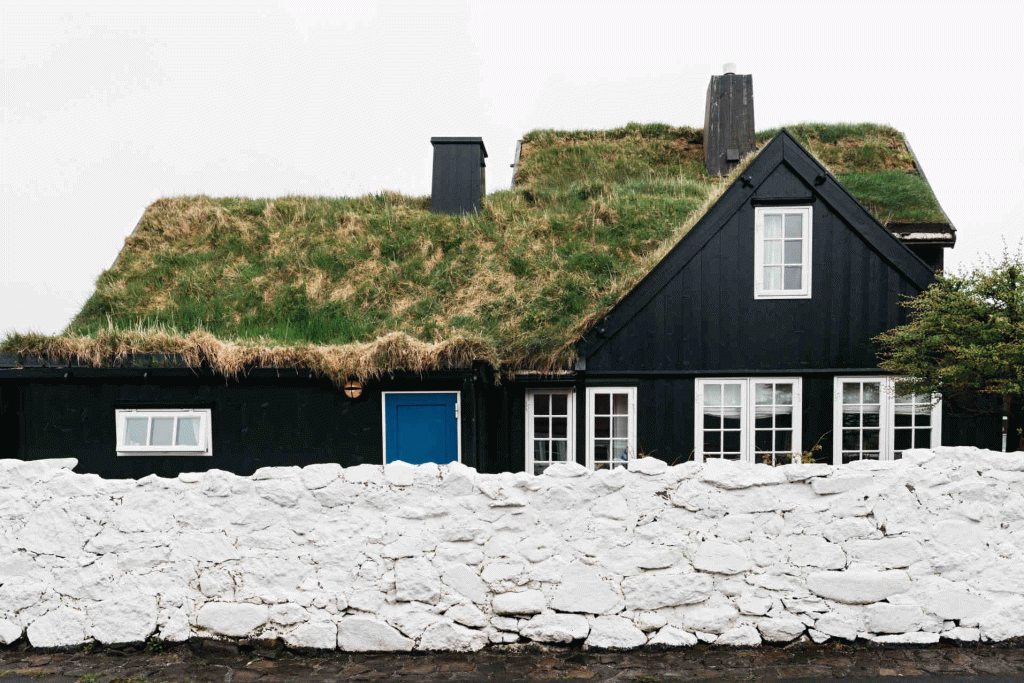
16:00 TÓRSHAVN
Exploring the capital
Once you arrived back in the city, park your car near the harbour where parking is free for a limited time (just watch the signs to see how long time you have before you have to move the vehicle).
Tórshavn is the capital of the Faroe Islands and with 40% of the Faroese population living there, it is the most populous city in the country. But since the Faroe Islands only have just under 50.000 inhabitants, that puts the population of Tórshavn at around 20.000, making it one of the smallest capitals in the world.
Start off exploring the capital by walking around the harbour where fishermen sell their catch and the big cruise ships dock. Next up, we’ll explore what makes Tórshavn the cultural centre of the islands
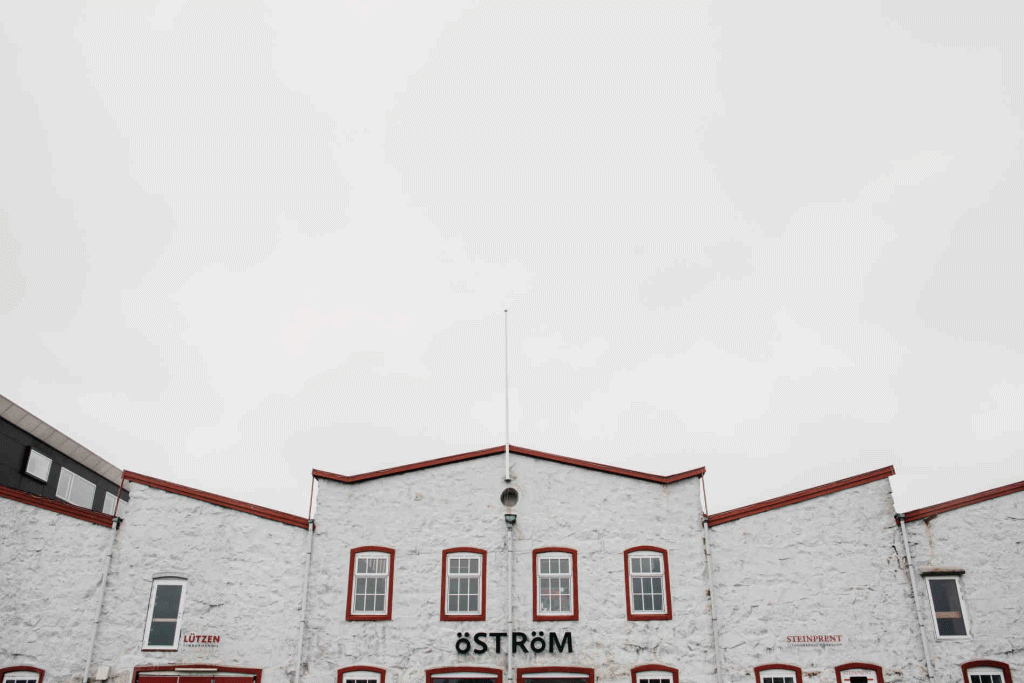
16:15 ÖSTRÖM
Local designs
Make your way along the waterfront to reach Öström. This store, housed in an old factory building, sells products that have been designed or produced on the Faroe Islands. On offer in the beautiful, bright space are traditional clothes, wool sweaters, posters, as well as art and design products.
There is an event space on the first floor that regularly hosts exhibitions and events. This is a great place to buy some tasteful souvenirs for your loved ones back home.
Öström // Skálatrøð 18 // Tórshavn // Mon-Fri 10:00 – 17:30, Sat 10:00 – 14:00
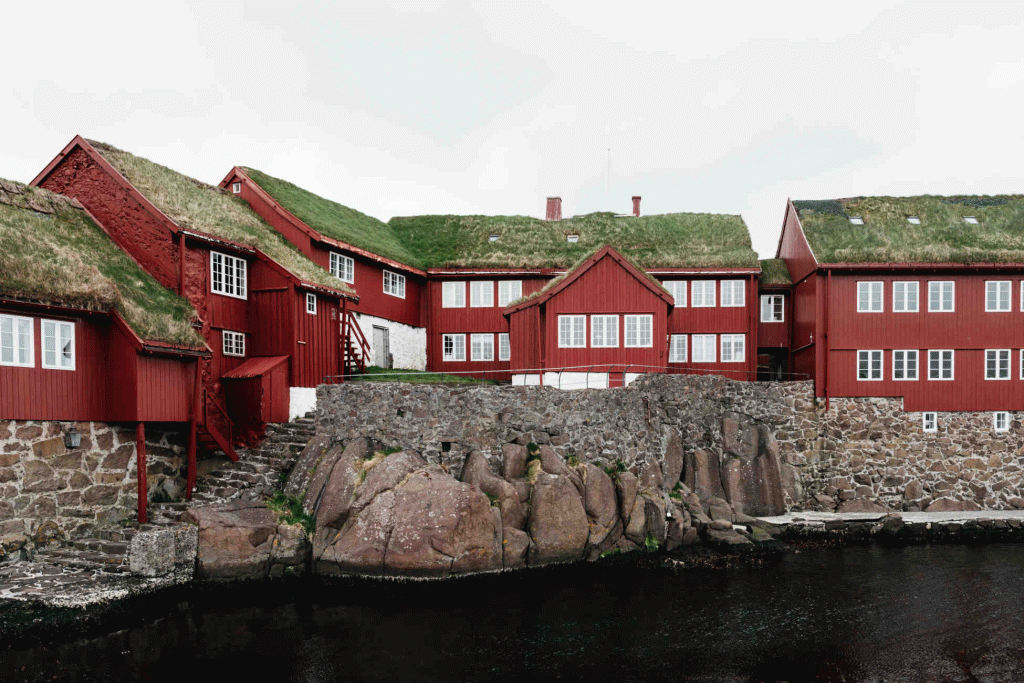
16:30 TINGANES
Steeped into history
Next, walk back all the way to the other side of the harbor. It’s time to explore Tinganes.
This clutter of beautiful red wooden houses is one of the oldest parliamentary meeting places in the world. The picturesque buildings are built on stones that functioned as a meeting point for the Vikings when they held their regular ‘Thing’ meeting on these rocks.
While the Faroese parliament – the Løgting (‘Law assembly’) – now is housed in a new building a few streets down, the office of the prime minister is still located here.
Walk around and explore the ancient buildings. There are great markers and plaques installed throughout the area that explain more of the history of the place.
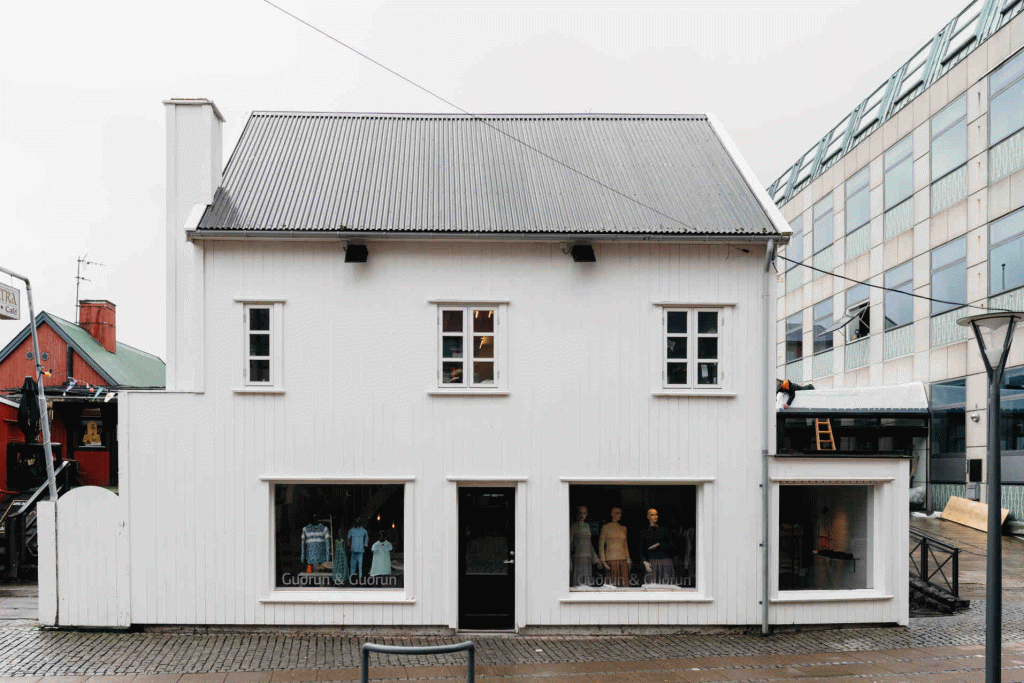
17:00 GUÐRUN & GUÐRUN
Traditional craft meets modern fashion
Make your way down towards the main shopping street and you’ll find Guðrun & Guðrun, a shop specializing in luxury knitwear for women, men, and children.
The traditional Faroese wool sweaters of the Faroe Islands can be found all over the islands, but with their designs, the two designers Guðrun & Guðrun manage to honor the traditional crafts while also incorporating a modern point of view in their garments. About their design process, they say: ‘It’s good to travel around the world for input and inspiration, but it’s crucial to come back home to the silence and not be disturbed by the hectic life of fashion.’ Isolation is very much a part of their aesthetics. A few years ago, they even staged a fashion show on the small bridge across the Atlantic on Mykines. If you are looking for a quintessential garment from the Faroe Islands with a modern twist, this is the store for you.
Guðrun & Guðrun // Niels Finsengøta 13 // Tórshavn
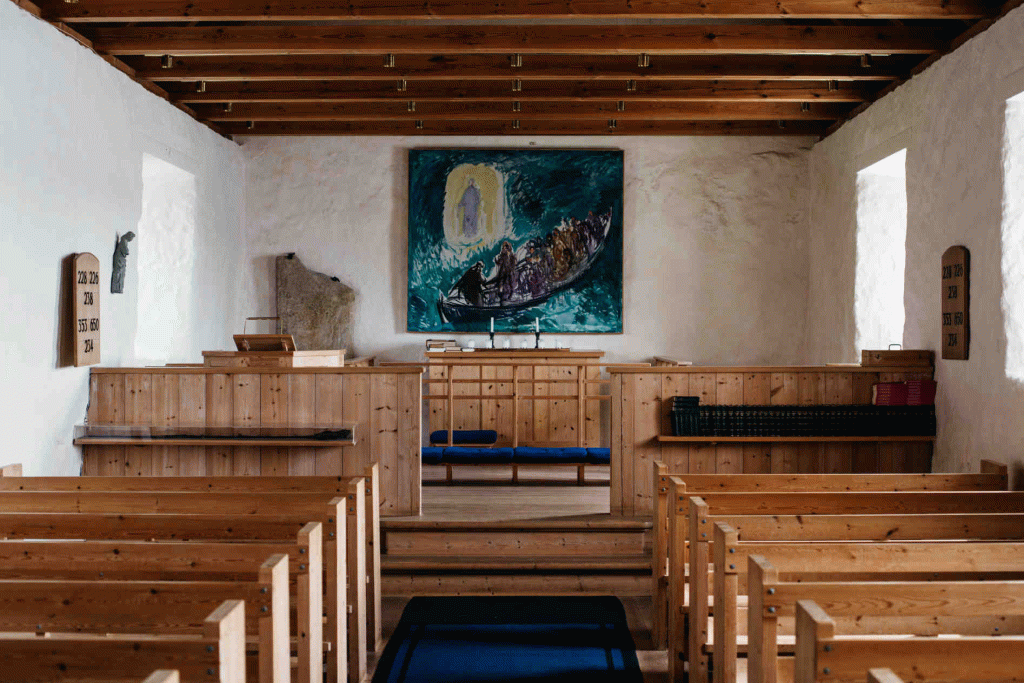
17:30 KIRKJUBØUR
A Viking village to explore
Kirkjubøur is the final destination of your day on the Faroe Islands.
The big, black building at the center of the village is called Kirkjubøargarður and it might just be the oldest inhabited wooden house in the world. 17 generations of the same family have been living in this farmhouse since the 11th century, and it once housed the episcopal residence and seminary of the Diocese of the Faroe Islands.
Part of the house is inhabited, other parts function as a museum. Remember to bring some cash so you can leave an admission fee as you enter. Walk around and explore, you’ll discover intricate wooden carvings at the door. Legend has it that the wood to build this house was driftwood from Norway.
There are also two very old churches in Kirkjubøur: the ruins of the Magnus Cathedral that is being restored, and the even older white Saint Olav’s church, dating back to the 12th century.
Near the shore, you can spot two old, partially destroyed stone houses. The doors aren’t locked, so if you’re curious, you can actually enter them. If you switch on a light on your phone (or carry a flashlight), you’ll notice how surprisingly spacious they are inside.
In the distance, you can spot the islands Hestur (horse) and Koltur (foal). Turn around and find the row of houses at the foot of the hill. Walk up to the Í Geilini street for your final stop of the day.
Now it’s time to get back to your hotel to relax and freshen up.
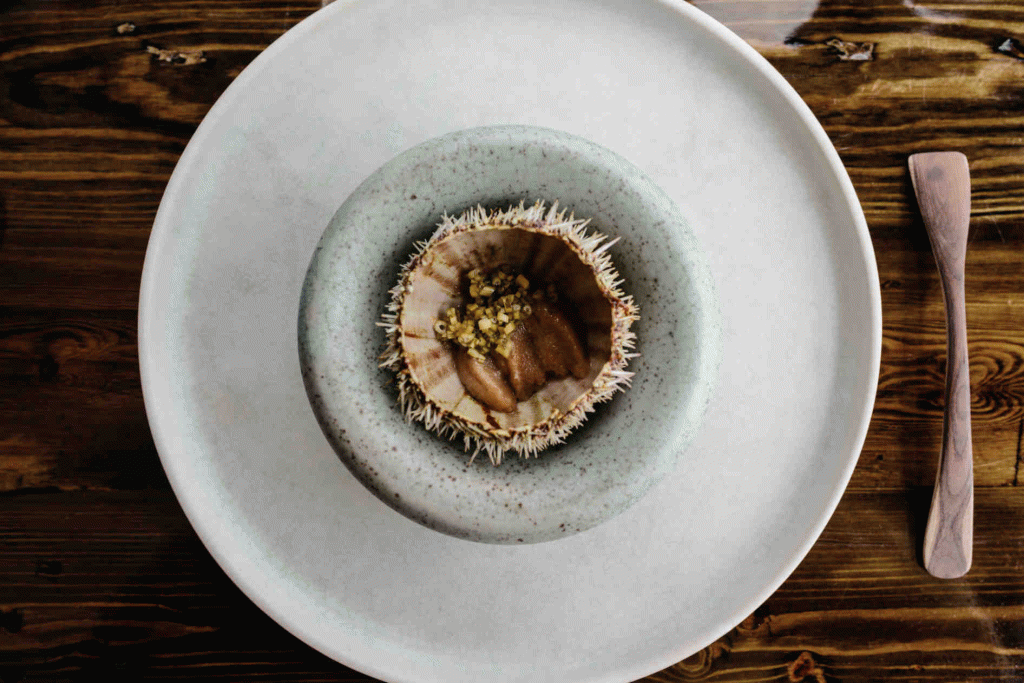
19:00 KOKS
A very special taste of the Faroe Islands
Welcome to KOKS! This is the most spectacular dinner you will have in a very long time and an experience that takes the breath away of every food lover out there. KOKS was awarded The Nordic Prize for the best restaurant in the Nordic countries in 2015 and was awarded the Faroe Islands’ first Michelin star in 2017 and its second one in 2019, huge accomplishments that have really propelled the Faroe Islands onto the international gastronomic scene. The restaurant has had a few different locations, lastly in a private house in Kirkjubøur, but now the team around chef Poul Andrias Ziska has opened in a new location, an 18th-century farmhouse in the remote valley of Leynavatn (NB! now closed, a new location will be announced in 2023).
The service here is personal, knowledgeable, discreet, and just plain flawless. Dinner is a tasting menu. All you have to decide is whether you want to have your own pick from the extensive wine list, or if you want to leave the drink choices up to the extremely knowledgeable team and opt for the wine pairing. If you don’t drink alcohol, KOKS also offers a juice pairing.
The kitchen follows the Nordic cooking approach of using only local ingredients and serves almost exclusively Faroese products, some of which seem very foreign to tourists. Among the many, very special dishes that are served are fermented lamb, sea urchin, seaweed, and fish, together with local greens and herbs.
Eating here feels like a play in a theatre, with you in the front row and your table on the stage. Although a night here doesn’t come cheap, we highly recommend taking the splurge if it’s at all possible. You will never forget it!
So now lean back, enjoy and let the tales of the old ways tickle your taste buds.
Skál! You just spent 24 hours in the Faroe Islands!
Make sure to book early in advance.
KOKS // Frammi við Gjónna // Leynavatn // Tues-Sat from 18:00
